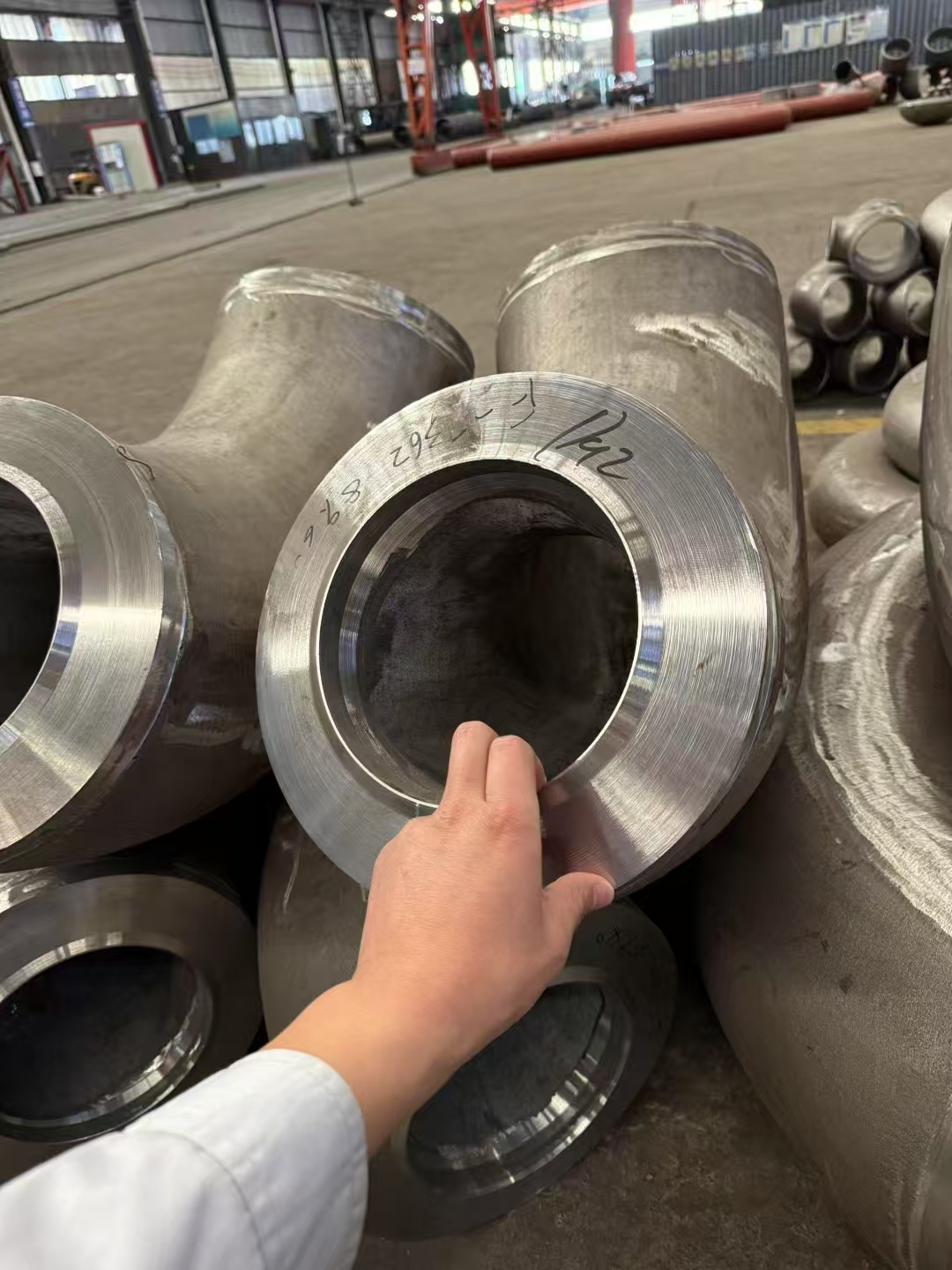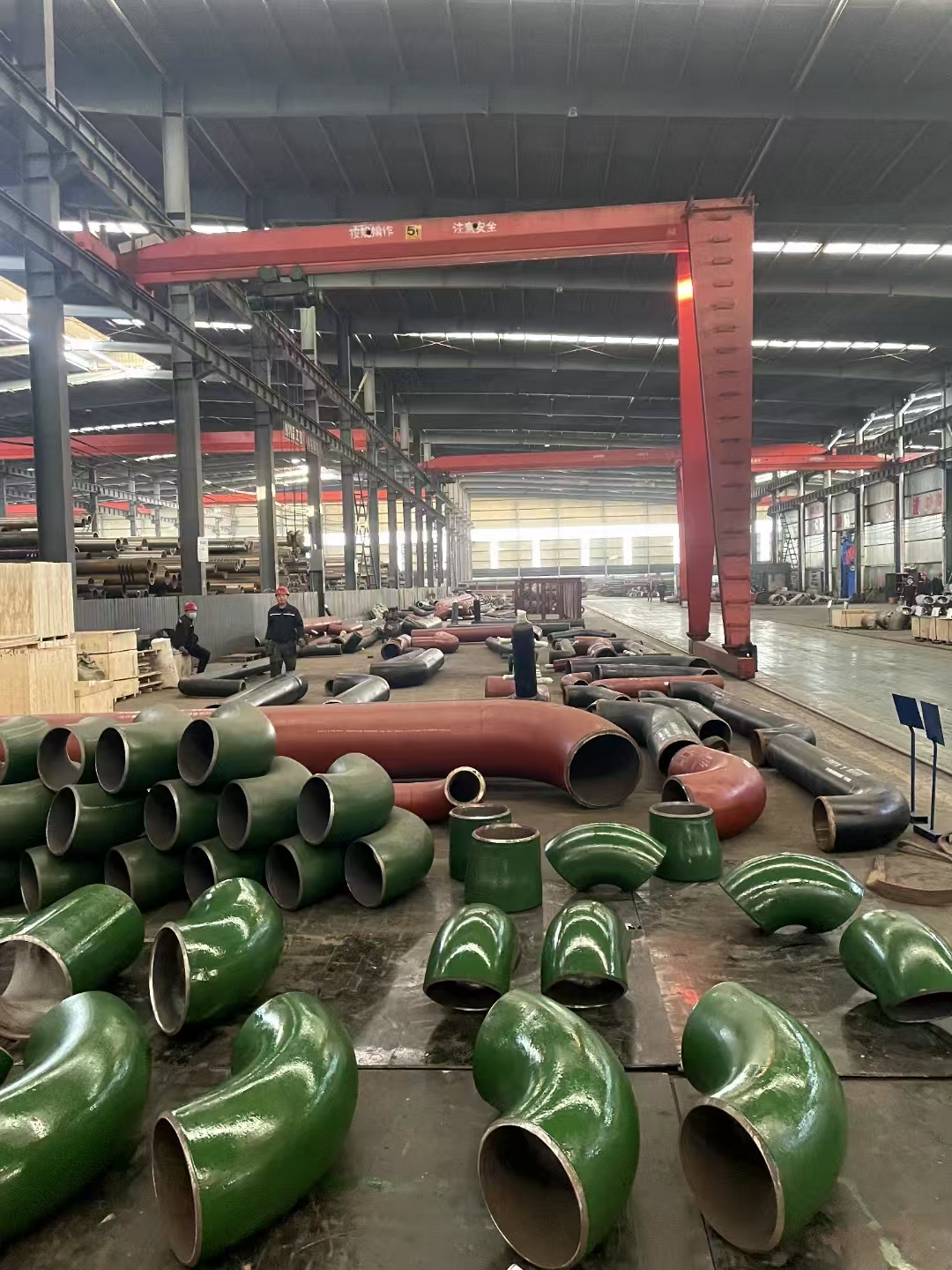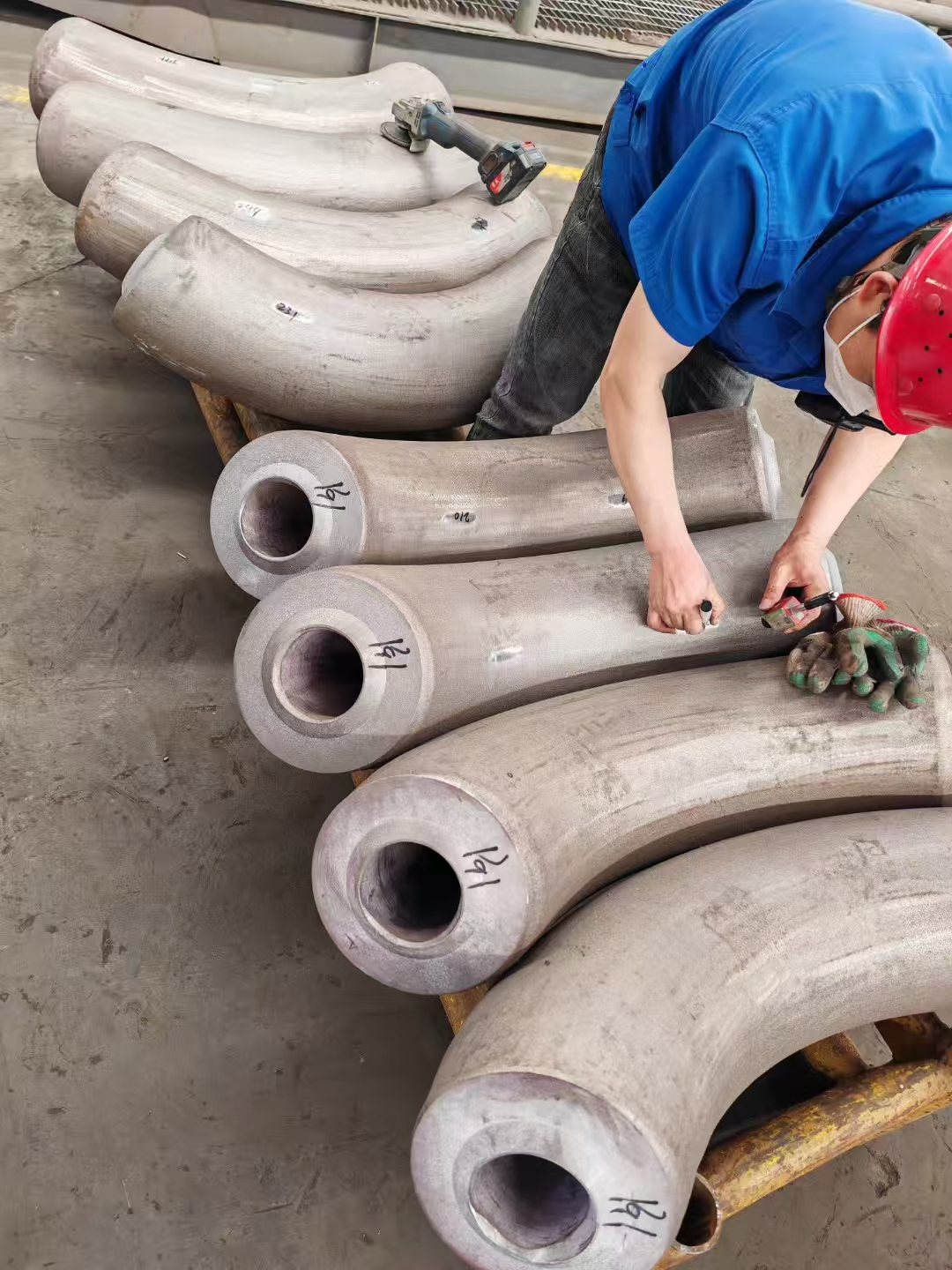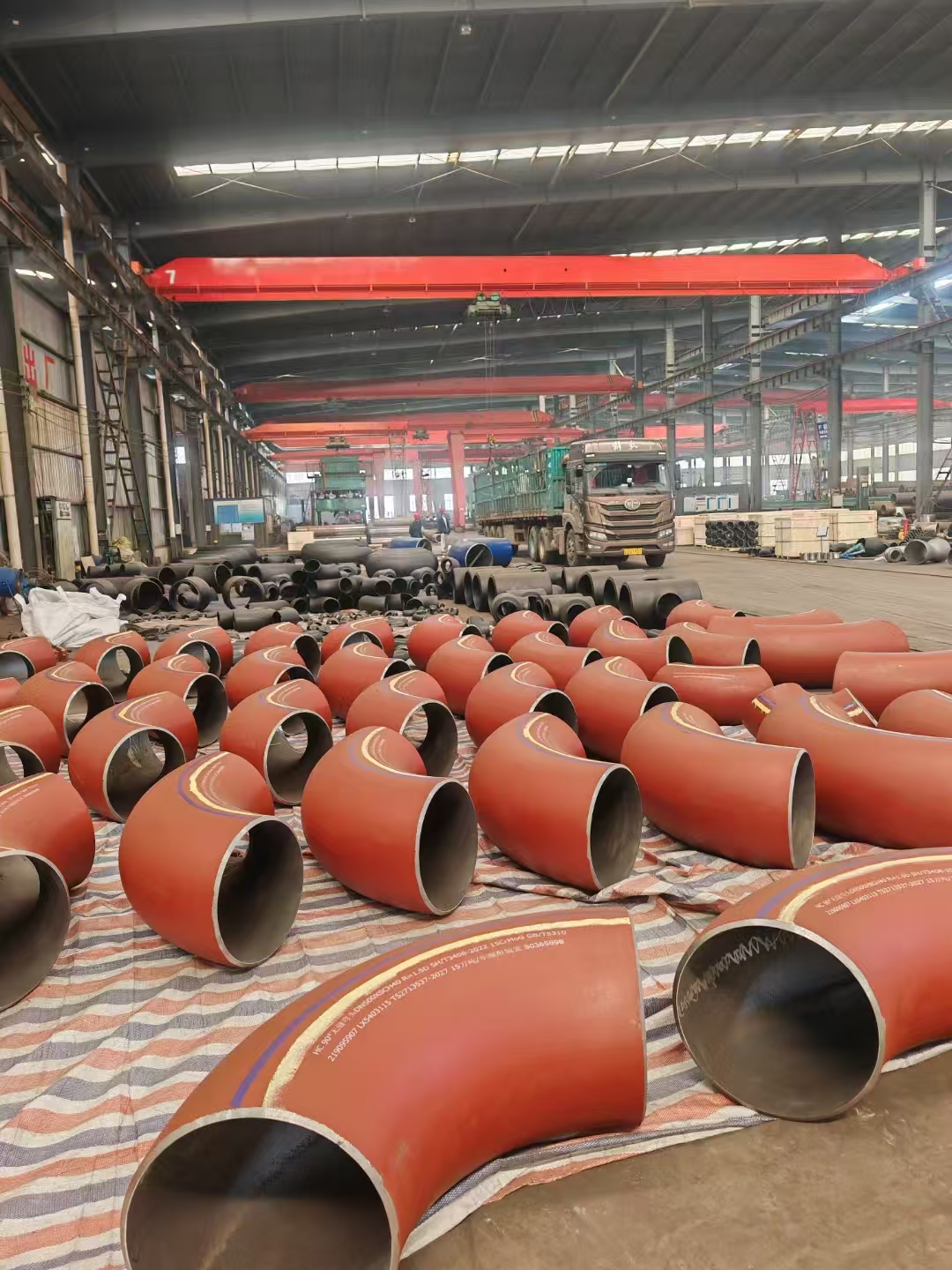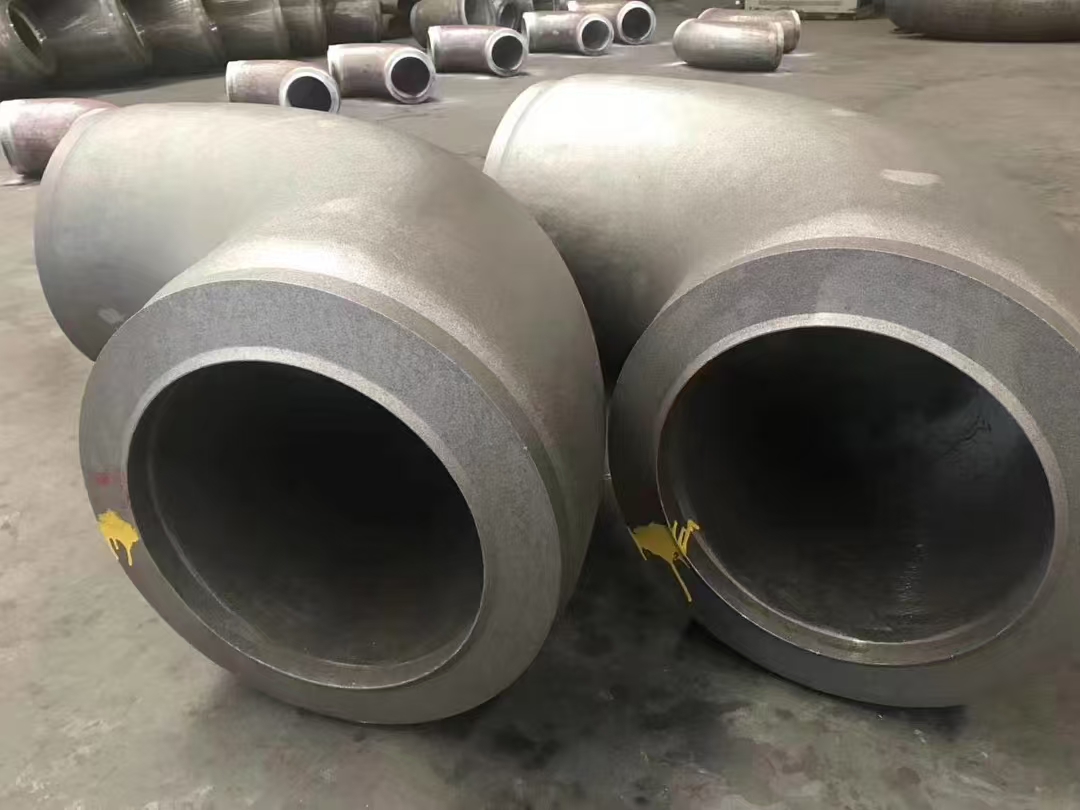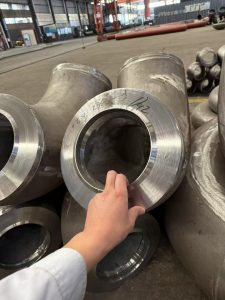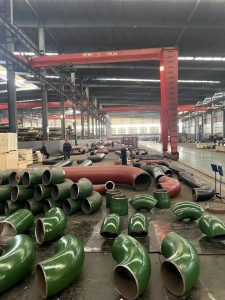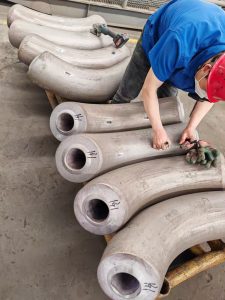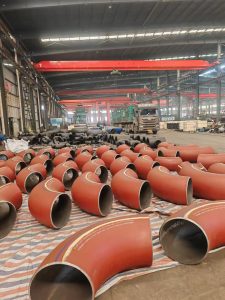**ISO 15614-1:2017** is an international standard that specifies the requirements for the qualification of welding procedures for metallic materials. It is part of the ISO 15614 series, which covers various aspects of welding procedure qualification. This standard is widely used in industries such as construction, manufacturing, and engineering to ensure that welding procedures produce joints that meet the required quality and performance standards.

### Key Aspects of ISO 15614-1:2017:
1. **Scope**:
– The standard applies to the qualification of welding procedures for the fusion welding of metallic materials.
– It covers arc welding, gas welding, and other fusion welding processes.
– The standard is applicable to both manual and mechanized welding.
2. **Welding Procedure Specification (WPS)**:
– A WPS is a document that provides the necessary welding parameters and conditions to produce a weld of the required quality.
– The WPS includes details such as welding process, base material, filler material, welding position, joint design, preheat and interpass temperature, heat input, and post-weld heat treatment.
3. **Welding Procedure Qualification Record (WPQR)**:
– The WPQR is a record of the tests and results used to qualify a welding procedure.
– It includes details of the welding parameters used, the test specimens, and the results of mechanical and non-destructive tests.
4. **Test Coupons and Specimens**:
– Test coupons are welded according to the WPS and then subjected to various tests to verify the quality of the weld.
– Common tests include tensile tests, bend tests, impact tests, and macro and micro examinations.
– Non-destructive testing (NDT) methods such as radiography, ultrasonic testing, and visual inspection may also be used.
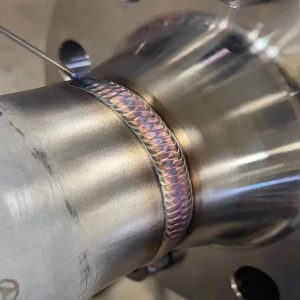
5. **Range of Qualification**:
– The standard defines the range of qualification, which specifies the limits within which the qualified welding procedure can be applied.
– Factors such as material type, thickness, diameter, and welding position are considered when determining the range of qualification.
6. **Requalification**:
– Requalification of a welding procedure may be necessary if there are significant changes to the welding parameters, materials, or other conditions.
– The standard provides guidelines on when requalification is required.
7. **Documentation**:
– Comprehensive documentation is required to support the qualification of a welding procedure.
– This includes the WPS, WPQR, test results, and any other relevant records.
### Steps for Welding Procedure Qualification:
1. **Preparation**:
– Develop a preliminary WPS based on the welding process, materials, and joint design.
– Select the appropriate test coupons and specimens.
2. **Welding**:
– Perform the welding according to the WPS.
– Monitor and record all welding parameters and conditions.
3. **Testing**:
– Conduct mechanical and non-destructive tests on the welded specimens.
– Evaluate the test results to ensure they meet the required standards.
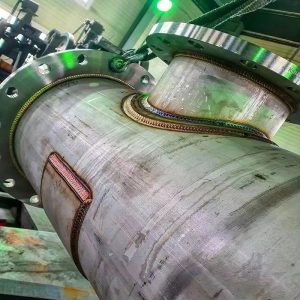
4. **Documentation**:
– Compile the WPS, WPQR, and test results.
– Ensure all documentation is complete and accurate.
5. **Approval**:
– Submit the documentation for review and approval by the relevant authority or certification body.
### Importance of ISO 15614-1:2017:
– **Quality Assurance**: Ensures that welding procedures produce consistent and reliable welds.
– **Safety**: Helps prevent welding failures that could lead to accidents or equipment damage.
– **Compliance**: Ensures compliance with industry standards and regulatory requirements.
– **Interoperability**: Facilitates the use of standardized welding procedures across different projects and organizations.
### Conclusion:
ISO 15614-1:2017 is a critical standard for the qualification of welding procedures in various industries. By following the guidelines and requirements set forth in this standard, organizations can ensure that their welding processes produce high-quality, reliable, and safe welds. Proper documentation, testing, and adherence to the standard’s provisions are essential for successful welding procedure qualification.

